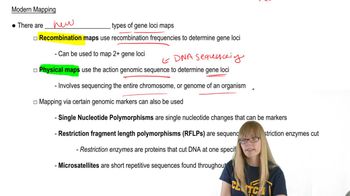Textbook Question
What experimentally derived information led to Holley's proposal of the two-dimensional cloverleaf model of tRNA?
470
views

 Verified step by step guidance
Verified step by step guidance



What experimentally derived information led to Holley's proposal of the two-dimensional cloverleaf model of tRNA?
What experimental information verifies that certain codons in mRNA specify chain termination during translation?
On what basis have we concluded that proteins are the end products of genetic expression?
How do we know that the structure of a protein is intimately related to the function of that protein?
Write a short essay that discusses the role of ribosomes in the process of translation as it relates to these concepts.